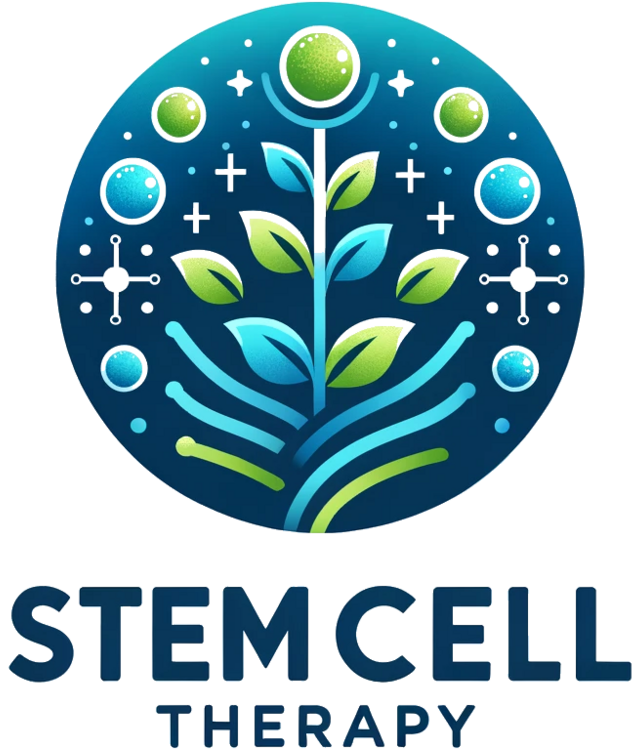The use of stem cells in the treatment of cancer, particularly through stem cell transplants, represents a critical component of modern oncology, especially for blood-related cancers like leukemia, lymphoma, and myeloma. The process primarily involves hematopoietic stem cell transplantation (HSCT), which can be autologous (using the patient’s own stem cells) or allogeneic (using stem cells from a donor). Here’s how it works and the principles behind its use in cancer treatment:
1. Principle of Stem Cell Transplantation in Cancer Treatment
- Resetting the Bone Marrow: The primary goal of stem cell transplantation in cancer treatment is to replace the diseased or damaged bone marrow with healthy stem cells. This is particularly relevant in blood cancers, where the bone marrow’s normal function is impaired by malignant cells.
- High-Dose Chemotherapy or Radiation Therapy: Before a stem cell transplant, patients typically undergo high-dose chemotherapy or radiation therapy, sometimes both. This aggressive treatment aims to destroy as many cancer cells as possible, but it also eradicates the bone marrow’s ability to produce new blood cells, creating a need for stem cell transplantation.
2. Types of Stem Cell Transplants
- Autologous Transplant: Uses the patient’s own stem cells, collected before the intensive therapy. This approach has a lower risk of complications such as graft-versus-host disease (GVHD), but there’s a potential risk of re-introducing cancer cells back into the patient, although measures are taken to minimize this.
- Allogeneic Transplant: Involves stem cells donated by another person, ideally a close genetic match. This method can introduce a beneficial graft-versus-cancer effect, where the donor’s immune cells may help fight cancer cells. However, it carries a higher risk of GVHD, where the donated cells attack the recipient’s body.
3. Graft-Versus-Cancer Effect
An essential aspect of allogeneic transplants is the graft-versus-cancer (GVC) effect, where the donor’s immune cells recognize and attack remaining cancer cells in the recipient’s body. This effect can be a powerful mechanism in controlling and preventing the recurrence of cancer.
4. Applications and Limitations
- Applications: Stem cell transplants are most commonly used for blood cancers but are also being explored for solid tumors and as a part of gene therapy approaches to target specific cancer mutations.
- Limitations: The procedure is complex and associated with significant risks, such as infections due to the weakened immune system, complications from GVHD, and the possibility of relapse. It’s not suitable for all patients, and the decision to proceed with a stem cell transplant involves careful evaluation of the potential benefits and risks.
5. Ongoing Research
Research continues to enhance the effectiveness and reduce the risks of stem cell transplants in cancer treatment. This includes developing better methods to match donors and recipients, minimizing the risk of GVHD, and enhancing the graft-versus-cancer effect. Additionally, there’s significant interest in combining stem cell therapy with other treatments, such as immunotherapy, to improve outcomes for cancer patients.
Stem cell transplantation represents a critical area of cancer treatment, offering hope for remission and potentially curing some types of cancer. However, it’s important for patients and families to discuss all available treatment options, including the benefits and risks of stem cell therapy, with their healthcare providers.
